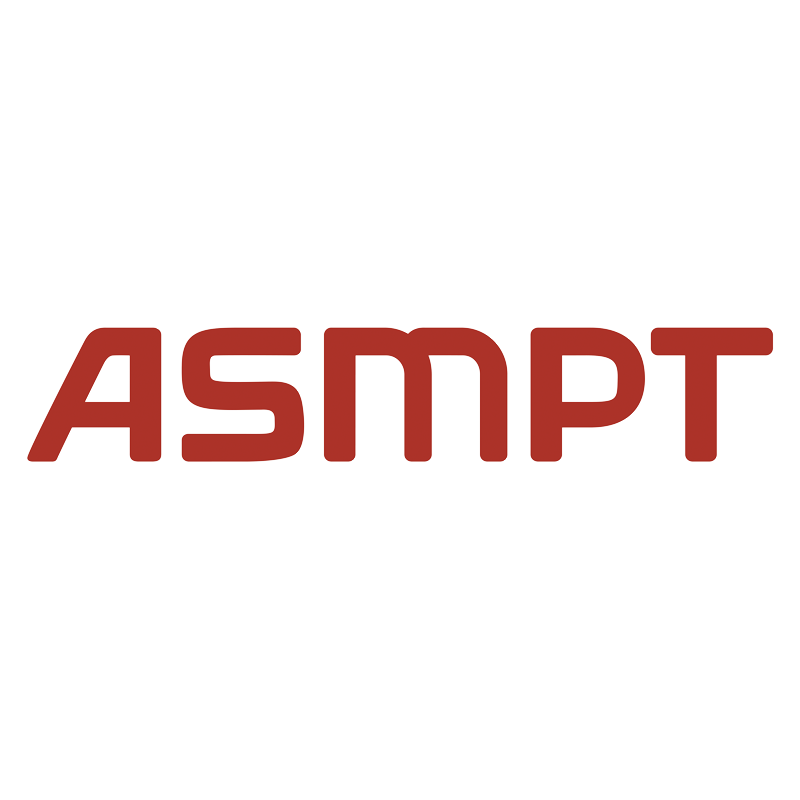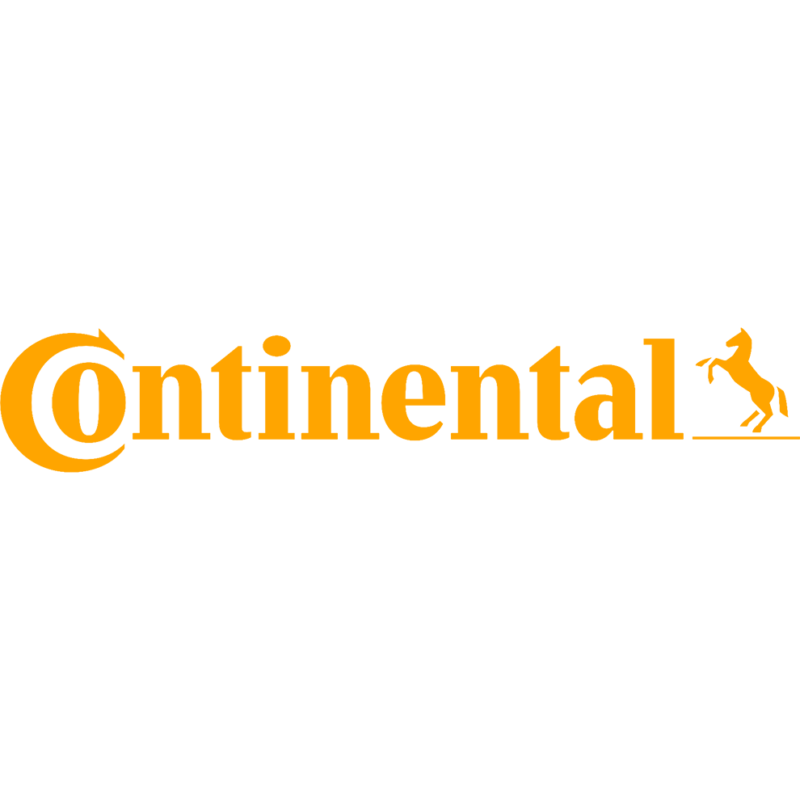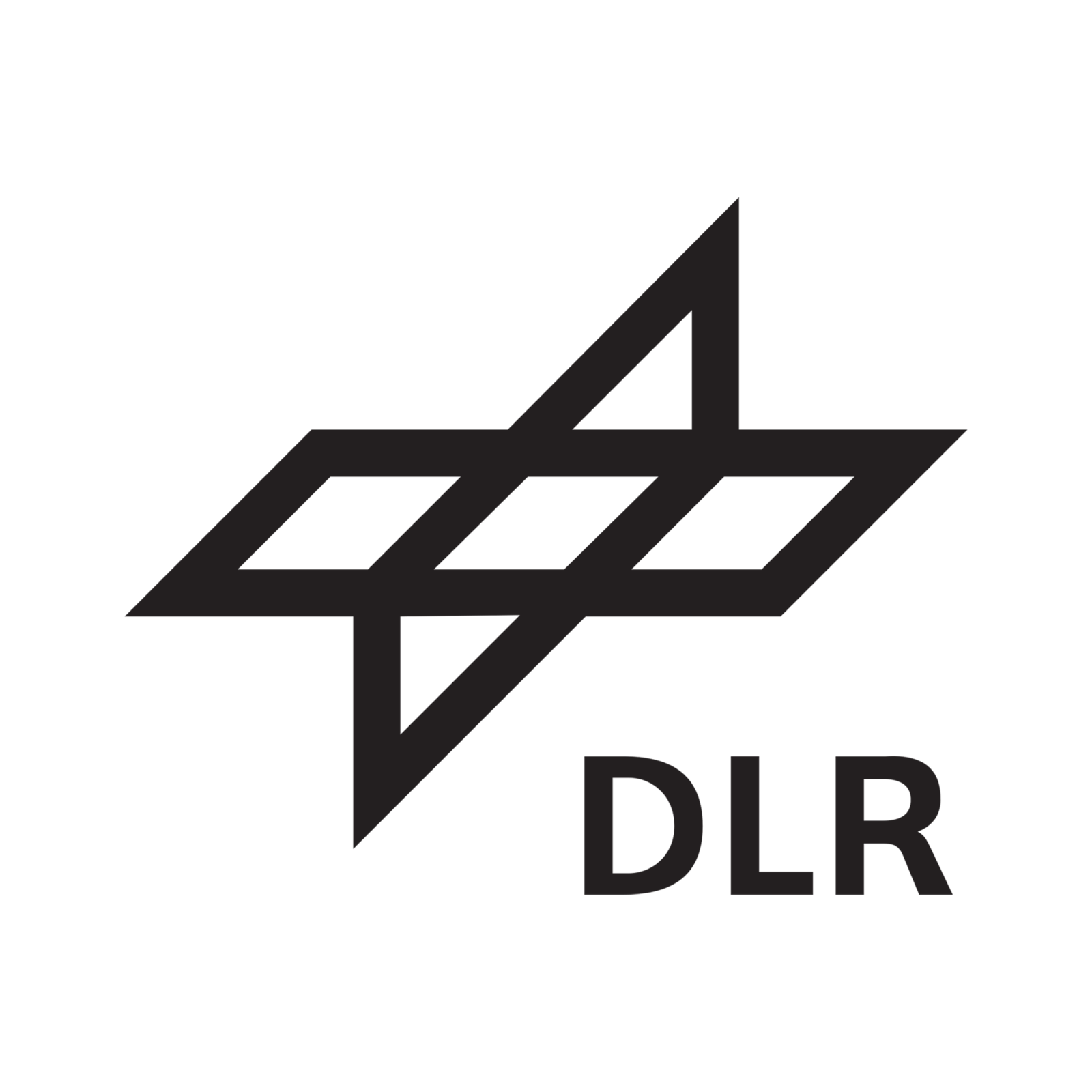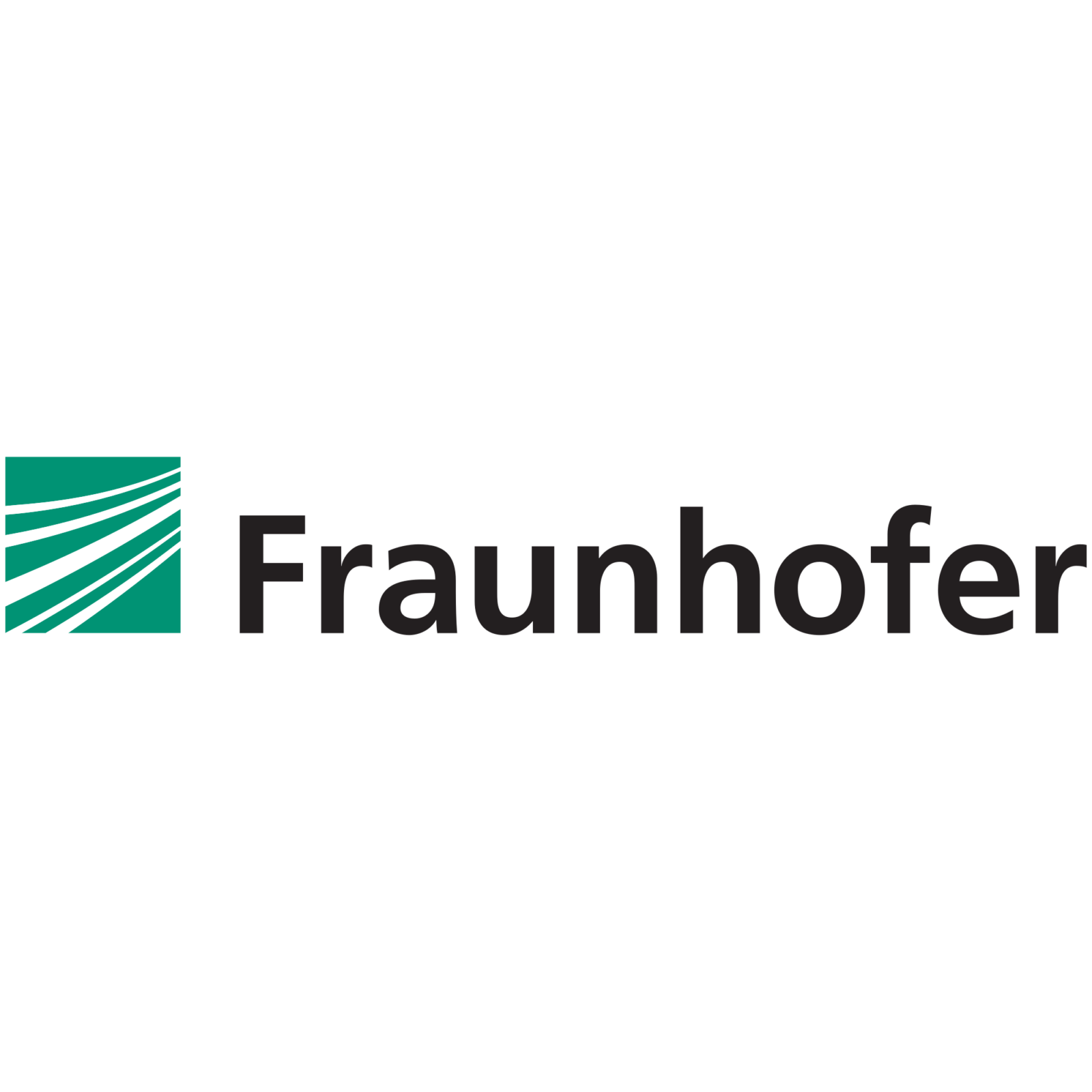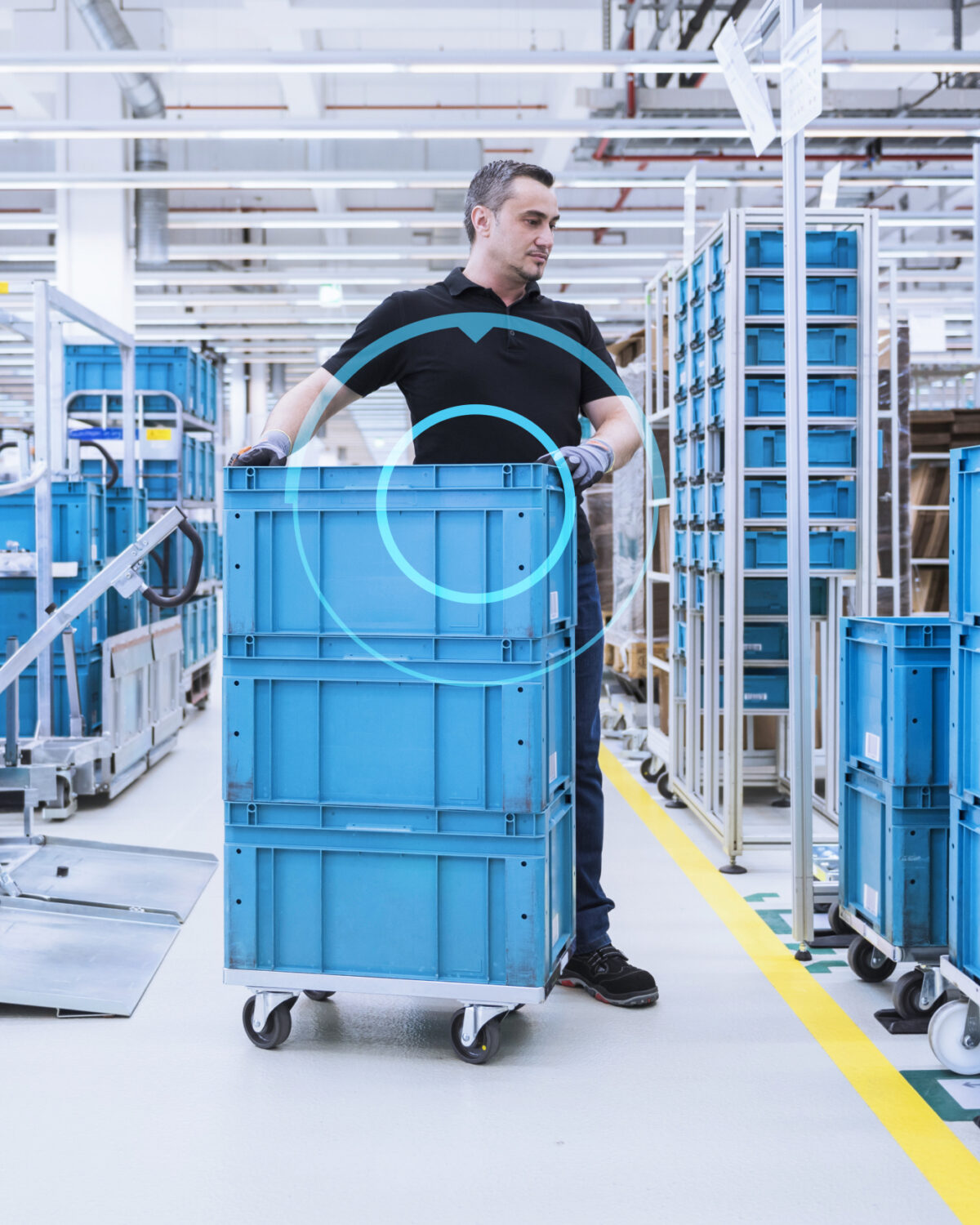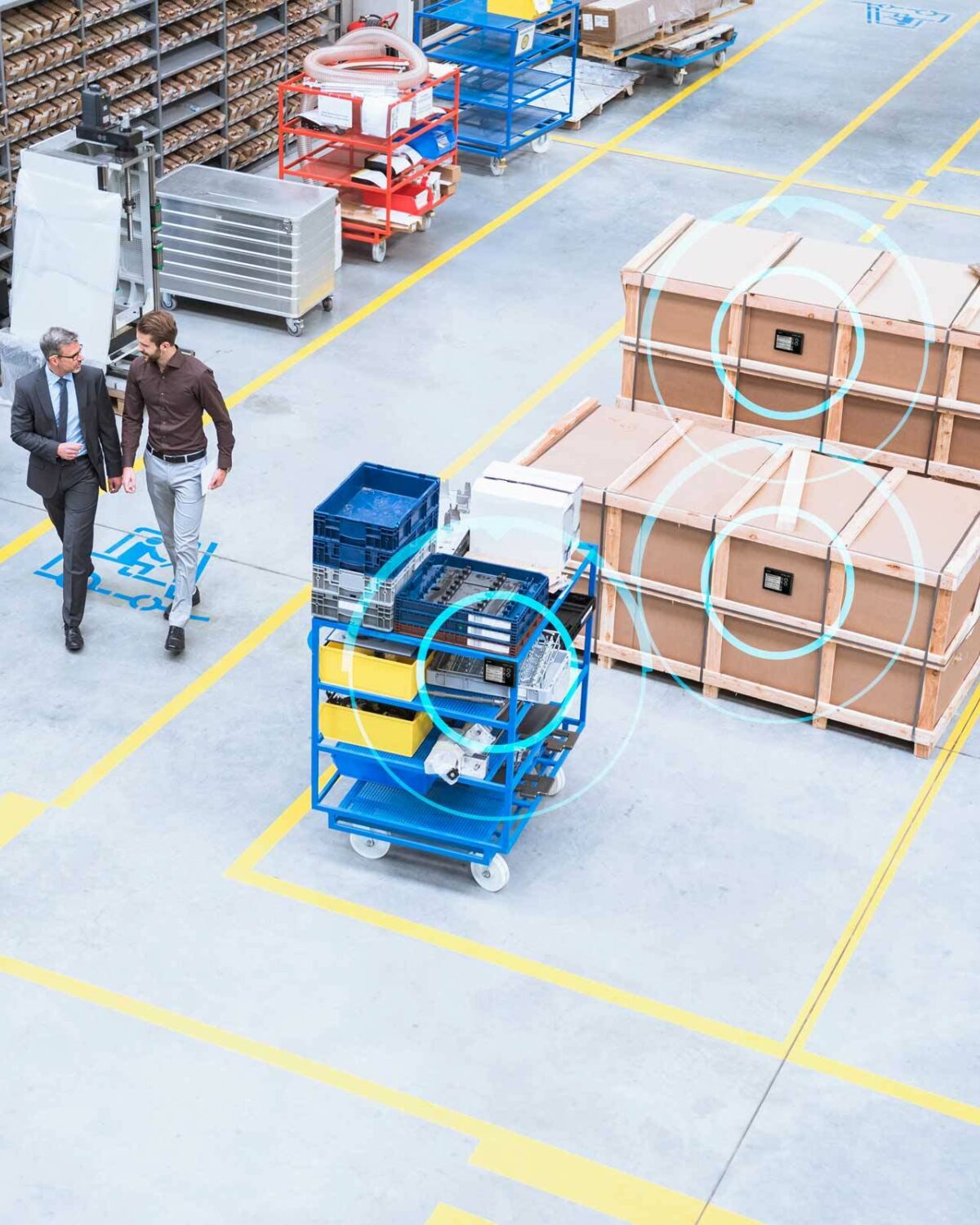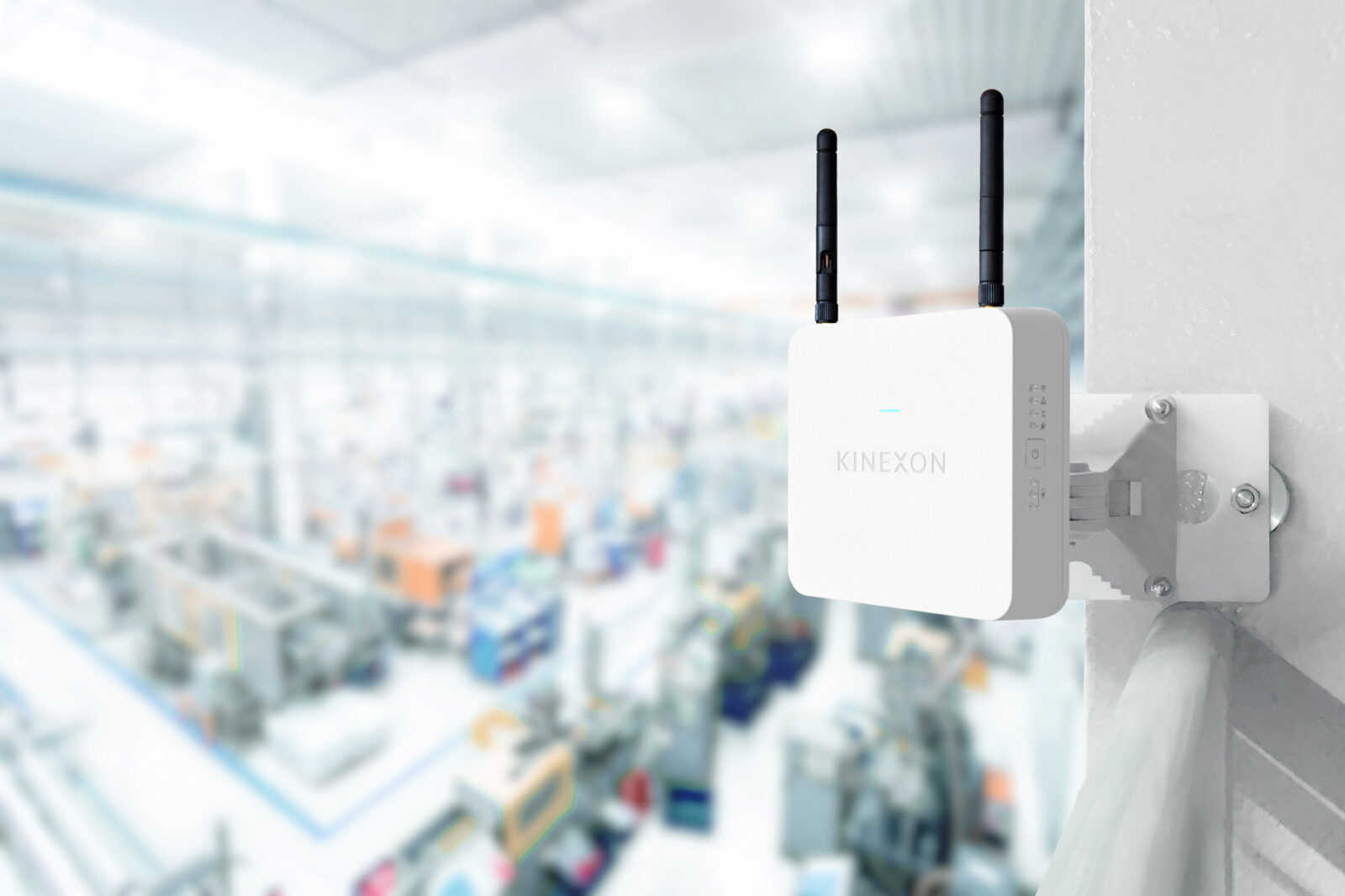
Real-Time Locating System (RTLS)
Trust the "GPS for Industry": Real-Time Localization via UWB
KINEXON RTLS is a key technology to optimize and automate industrial processes. KINEXON’s real-time locating system (RTLS) is based on Ultra-Wideband (UWB) technology and is designed for the most challenging industrial environments. Therefore it is characterized by the highest precision and maximum robustness. Quick and easy setup and installation ensure efficient scalability — even in large factories and warehouses.
In our latest case study with Continental, you can find out how RTLS adds value in practice.
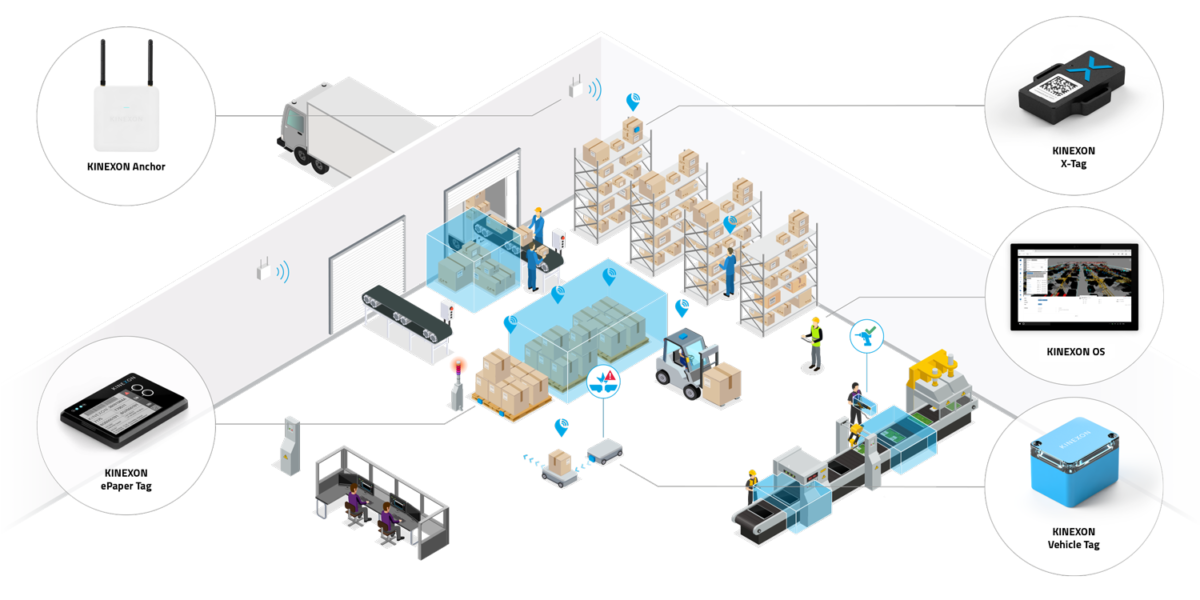
KINEXON Is a Pioneer in UWB RTLS Systems
Internationally active corporations trust in RTLS solutions by KINEXON. With the combination of two decisive functions we offer the perfect solution for industrial, logistics and intralogistic processes:
- Acquisition of all relevant proprietary data such as 3D position (x, y, z), status of objects and their ID, acceleration, alignment and printing
- Bidirectional data communication, so that objects can send data (e.g. temperature or battery status) and receive data (e.g. commands)
In this way, KINEXON RTLS visualizes and networks the spatial context of your assets and makes highly efficient industry 4.0 and logistics 4.0 solutions possible — precise, simple, robust and smart thanks to state-of-the-art UWB real-time localization.

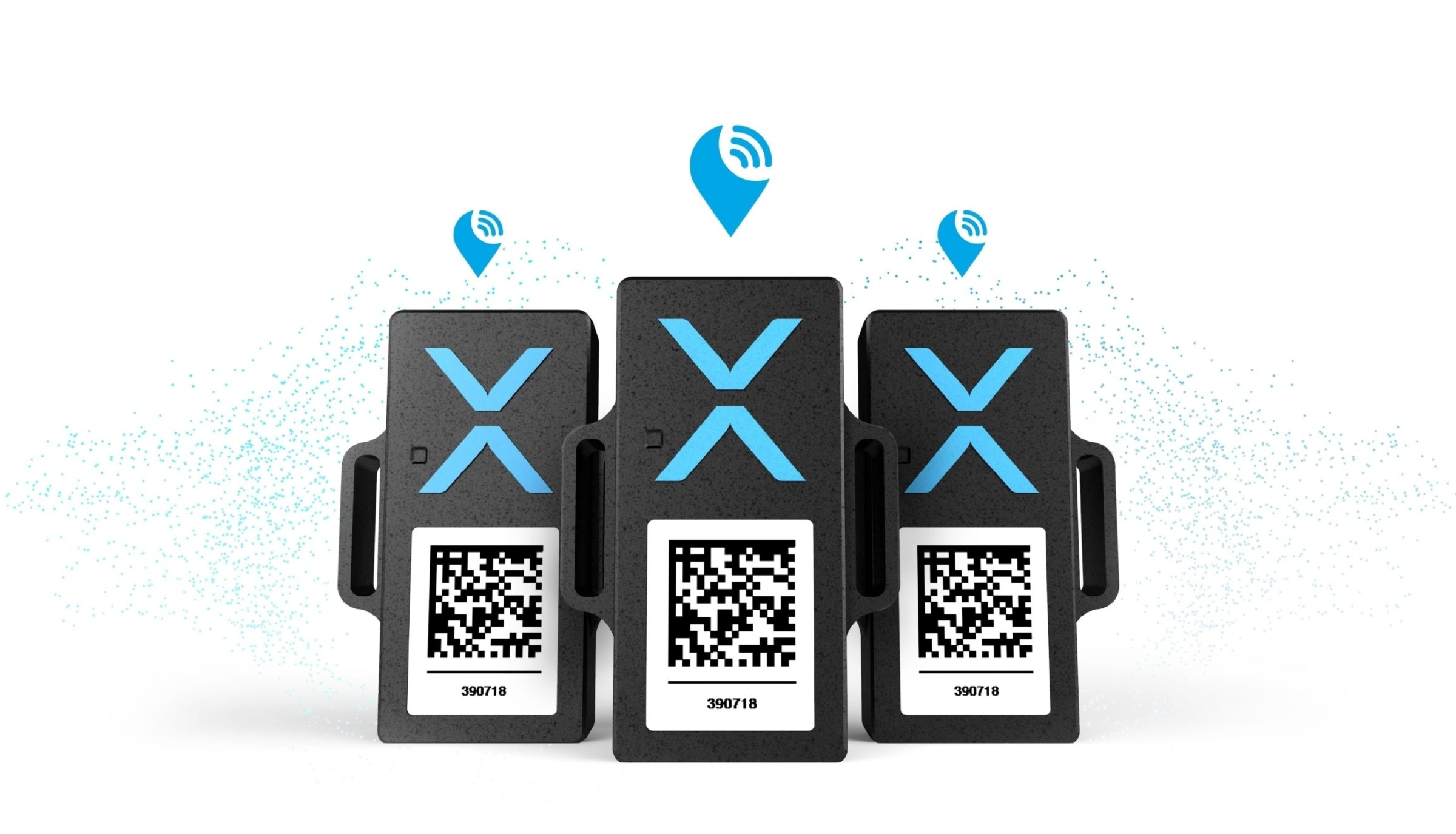
New: X-Tag for a 50% Faster RoI
UWB for Every Thing: Explore unprecedented use cases with the world’s most cost-efficient UWB sensor for industrial automation!

UWB-Based RTLS Is the "GPS for the Industry“
The digital transformation in production and logistics is progressively gaining ground. However, intelligent process optimization and automation in terms of IoT (Internet of Things) require accurate knowledge of the position, status, and ID of all assets at all times.
Many real-time tracking technologies have significant disadvantages; for example, GPS localization is not precise enough and is limited to outdoor use only. Even WiFi and Bluetooth/BLE positioning do not achieve the required precision and connection stability.
Our UWB localization technology always wins in these aspects. It locates machines, people, goods and much more precisely, stably and scalably.
| KINEXON RTLS Hardware Overview
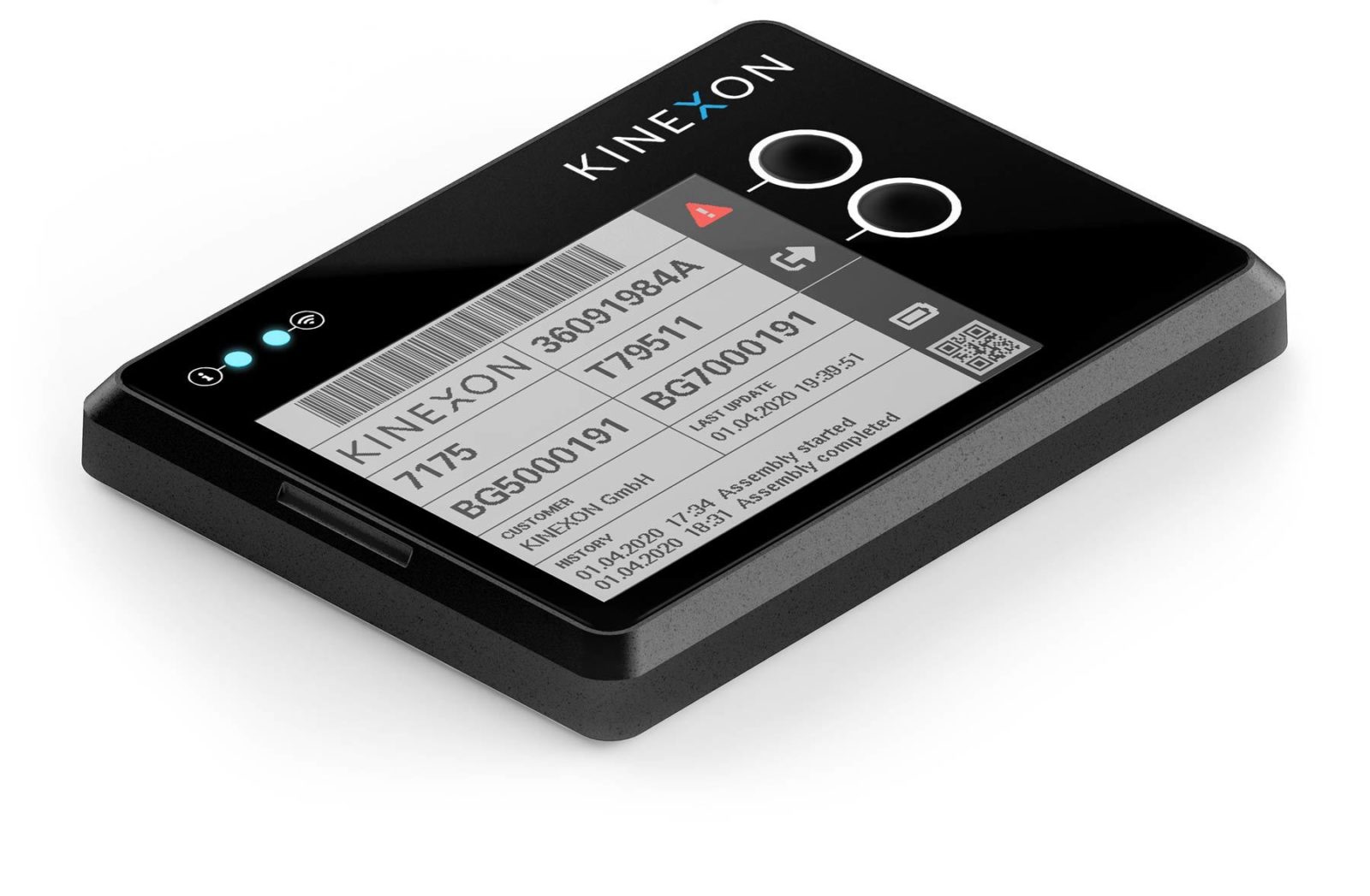
KINEXON ePaper Tag
The KINEXON ePaper Tag is the UWB basic component for a paperless material and goods handling in industry.
Key Features:
- Robust IP67 case with configurable 4.2″ e‑paper tricolor screen
- Data transfer via UWB
- Status display of the tracked object and sensor with two configurable LEDs
- Change pages and thus information at the touch of a button
- Battery life of up to 5 years with normal use
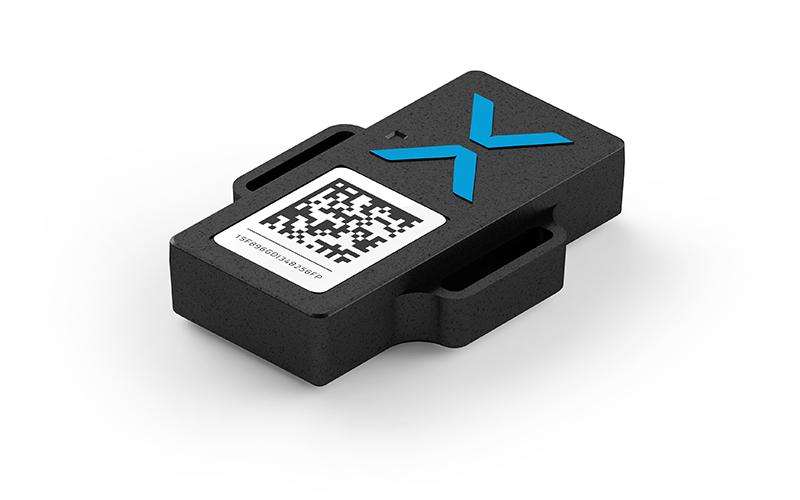
KINEXON X-Tag
The KINEXON X‑Tag is the world’s most cost-efficient UWB sensor for indoor localization of complex industrial and logistics environments.
Key Features:
- Data transfer via UWB
- Battery life of up to 5 years with normal use
- Fits well for large-scale projects
- Protection class IP67
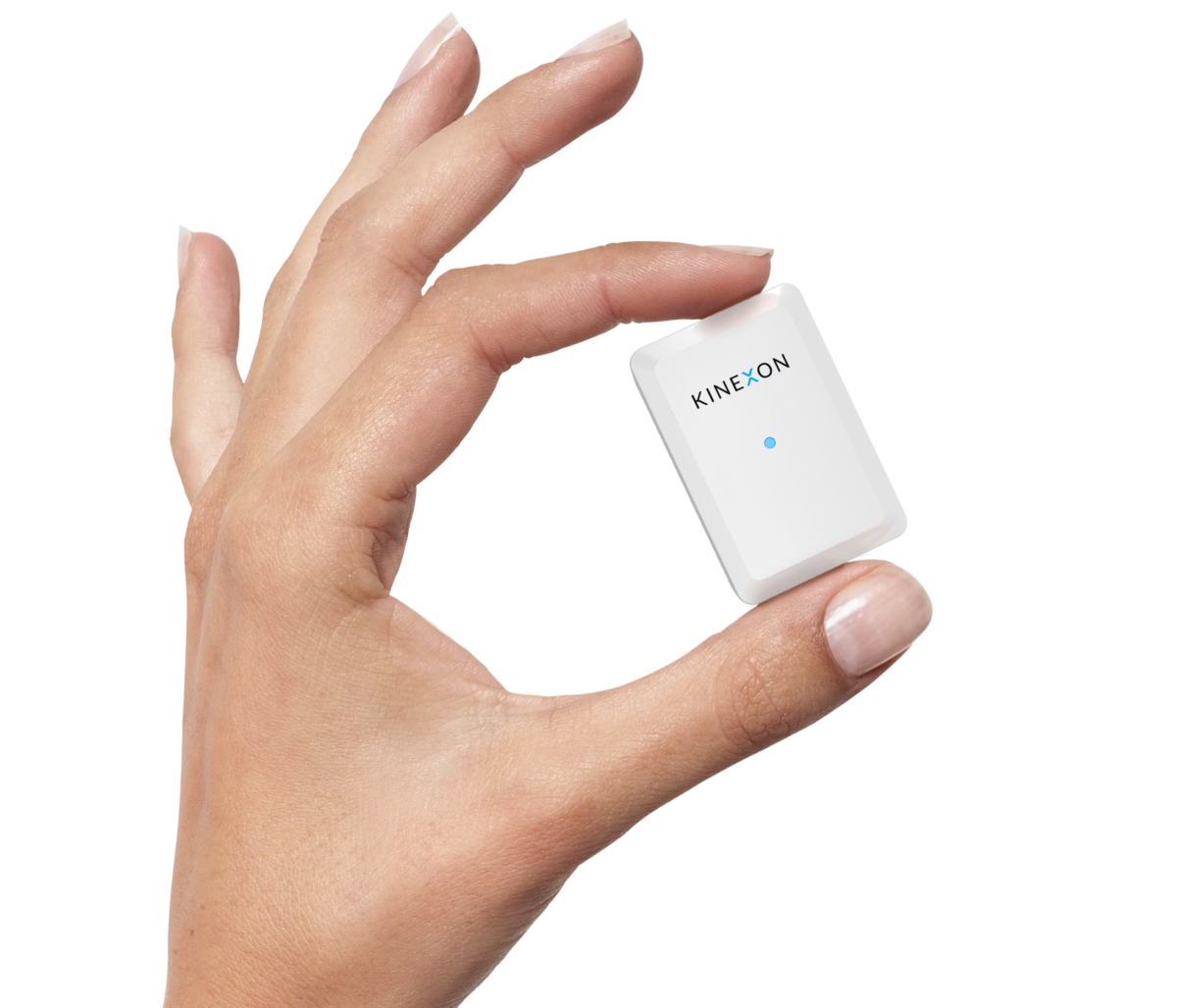
KINEXON SafeTag
This sensor is worn by employees and is the heart of our solution KINEXON SafeZone. SafeTag warns employees in real time if personal contacts are too close or too intense and thus protects against infections.
Key features:
- Measures: 49 x 33 x 8 mm | weight: 14g
- Configurable warning signals
- 10h battery life (rechargeable)
- 100% data protection compliant
- No infrastructure necessary

KINEXON Vehicle Tag
The KINEXON Vehicle Tag is designed for industrial vehicles that require RTLS localization or are controlled by driverless transport systems (DTS).
Key Features:
- Highest localization accuracy thanks to dedicated antenna technology
- Compatibility with all standard industrial interfaces (CAN, RS422/485, RS232)
- Power supply via external wide range connection (9 — 48 VDC, 1 W typ.)
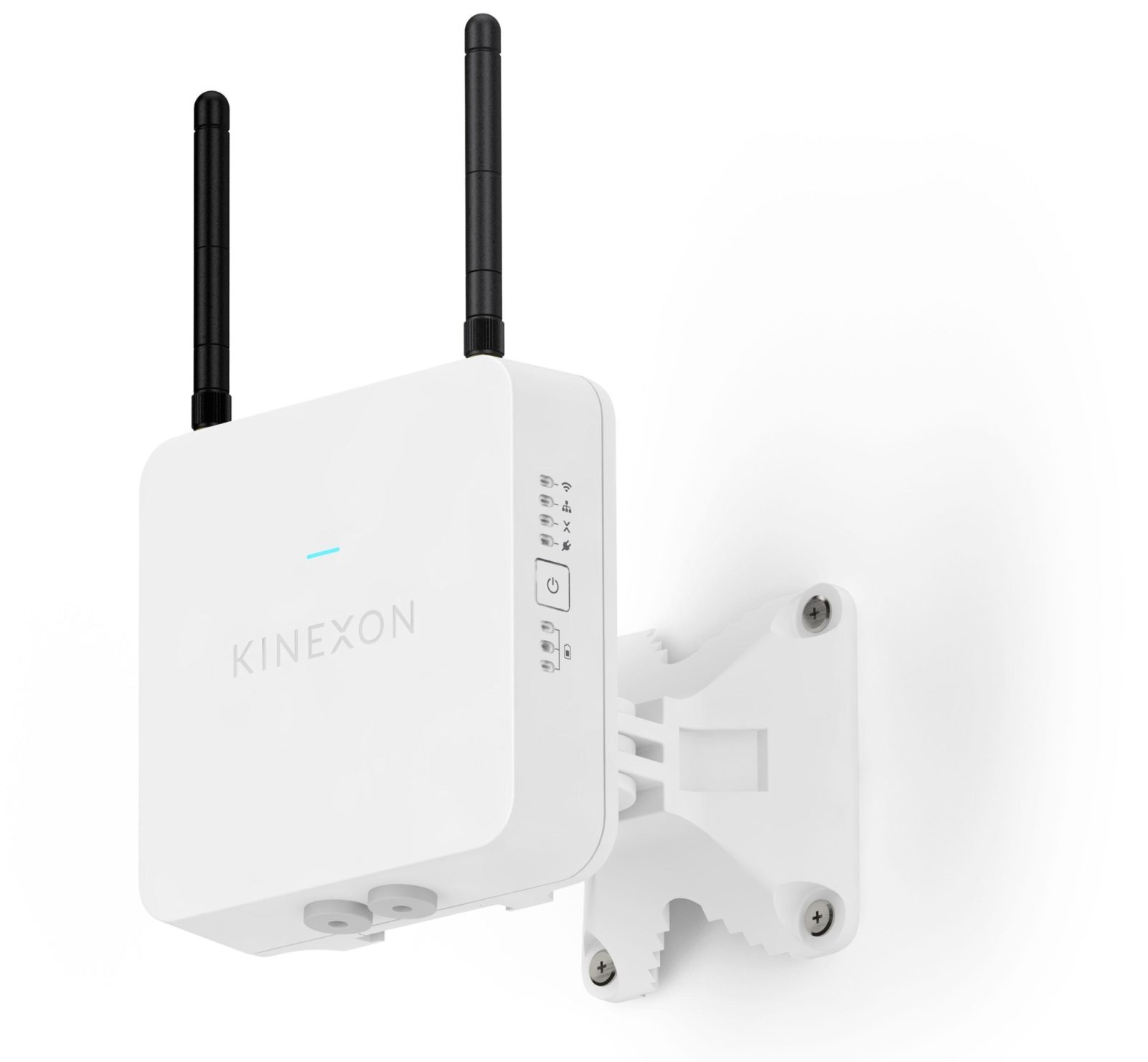
KINEXON Anchor Network
The KINEXON Anchor Network combines maximum responsiveness and stability with extremely low costs for the required infrastructure.
Key Features:
- One-day installation due to the independent calibration of the relative positioning data
- Automatic compensation in case of anchor failure by the simultaneous use of all anchors during position determination
- Possibility to use standardized Power-over-Ethernet infrastructure (POE) for power supply
- Connectivity via UWB, Bluetooth and WiFi
- Protection Class IP65
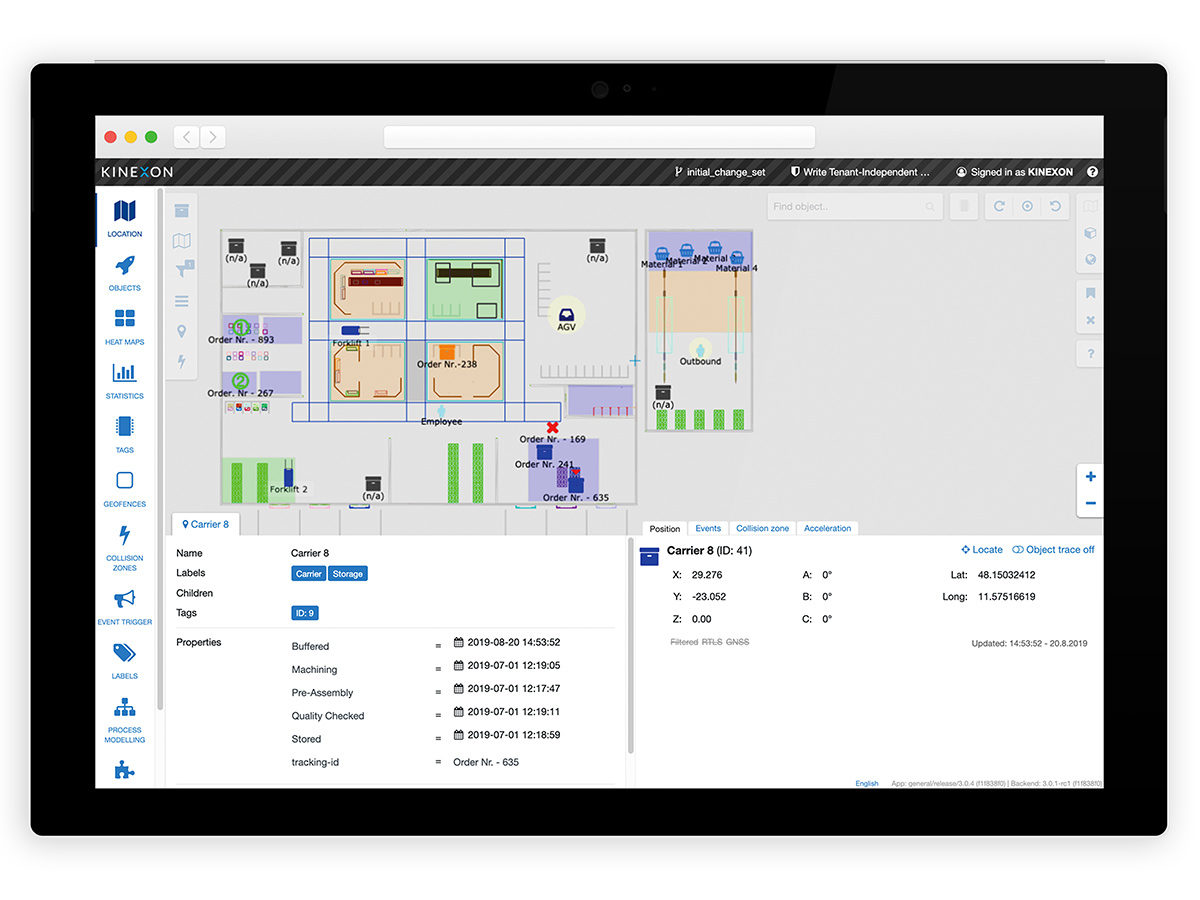
KINEXON OS
Our real-time location-based process automation software KINEXON OS acts as the central control center for your RTLS and other location technology solutions. With KINEXON OS, companies get a live data and direct control over the location and status of all connected “things” as well as the entire process.
Key Features:
- Flexible and open interfaces for connecting further applications and any data sources
- Vertical and horizontal elasticity for maximum scalability
- AI-based analysis methods
- Ultra-fast processing of streams with a latency of 50 ms and thus without noticeable delay
- Simple usability for minimal user effort and no code-/low code-approach
Your Benefits
The KINEXON Industrial RTLS is completely based on the industry-standard PoE network hardware. The anchors can also be operated with Ethernet hardware and powered using sockets. In addition, our anchor network does not require any special switches or cable connections.

Quick Setup
The KINEXON RTLS is based on standardized Ethernet hardware and can calibrate automatically. This means that the entire system can be installed within one day.

Low Maintenance
The KINEXON RTLS is designed for long-term use. Tags and anchors are robust and have a long battery lifetime. The low maintenance requirements are essential for cost-efficient operation.

Maximum Stability
The KINEXON RTLS is mainly used in challenging environments. It is designed to avoid limiting operation by damaging or losing components.
| RTLS Technology Background
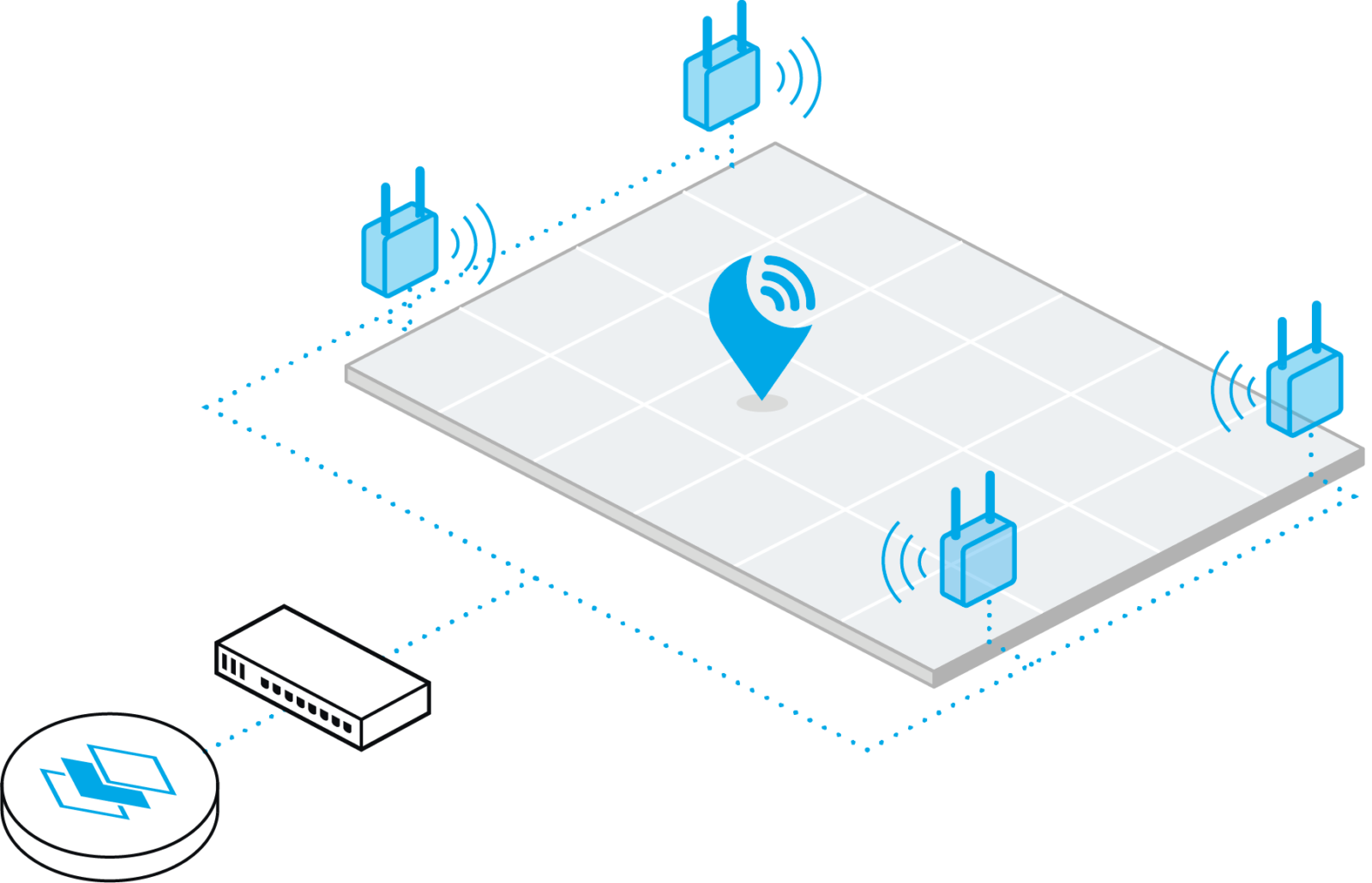
RTLS With High-Precision UWB Technology
UWB technology is based on the combination of very short pulses moving at the speed of light. The band width of at least 500 MHz allows an exact measurement of the arrival time and thus a high-precision determination of the positions. UWB technology does not interfere with other technologies because the bandwidth (3.25 — 4.75 GHz and 6.25 — 6.75 GHz) differs from WLAN and ISM channels, and the signal strength is very limited. Anchors can cover distances of up to 200 m if there is visual contact.
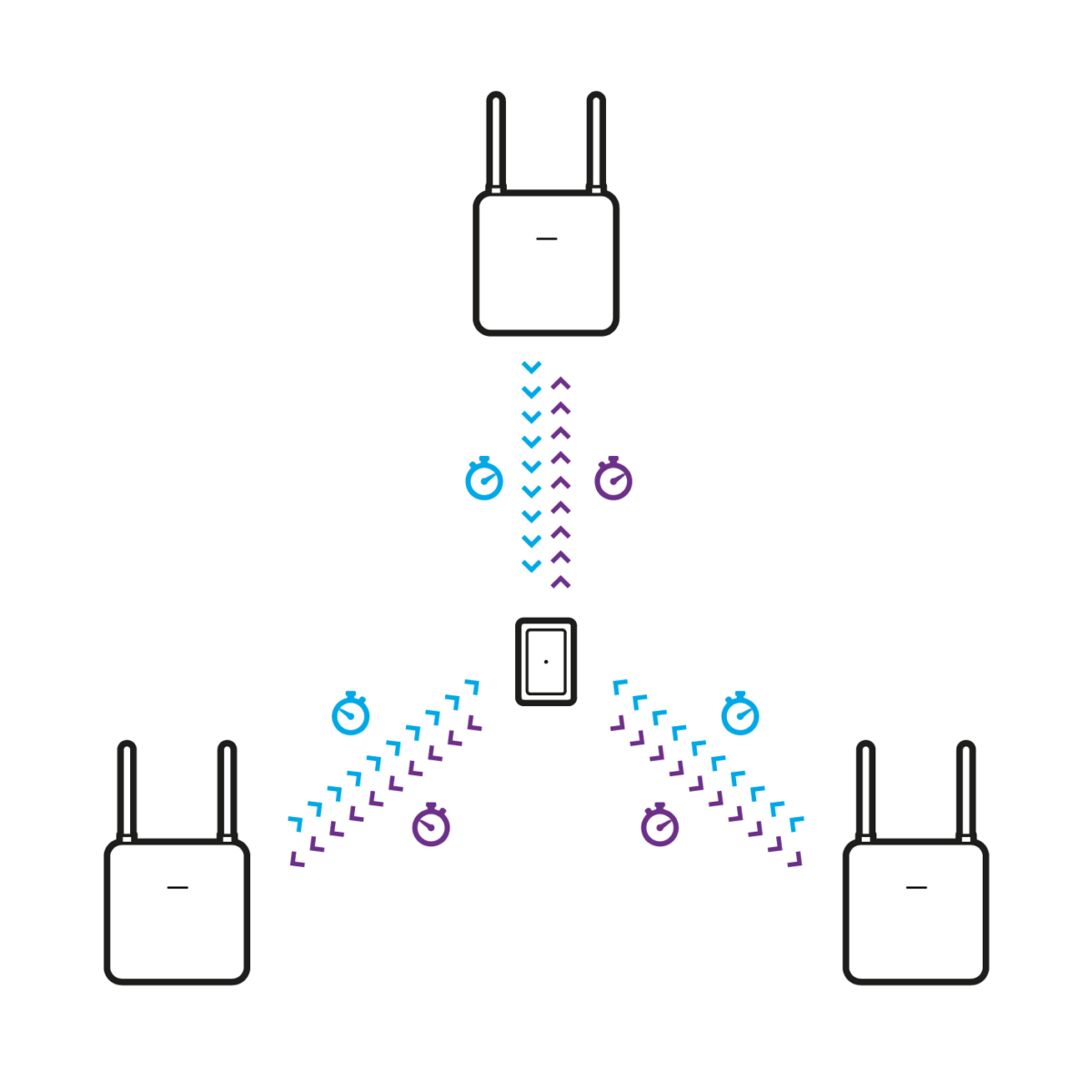
Two-Way Ranging (TWR)
TWR offers maximum precision and positional stability. The anchor sends a UWB signal and the sensor returns it. The distance between the anchor and the sensor is determined by the time required for the UWB pulses. A position can be determined as soon as the distance of a sensor relative to different anchors is available. The TWR method is mainly used for the localization of workers, tools, and navigation of driverless transport systems.
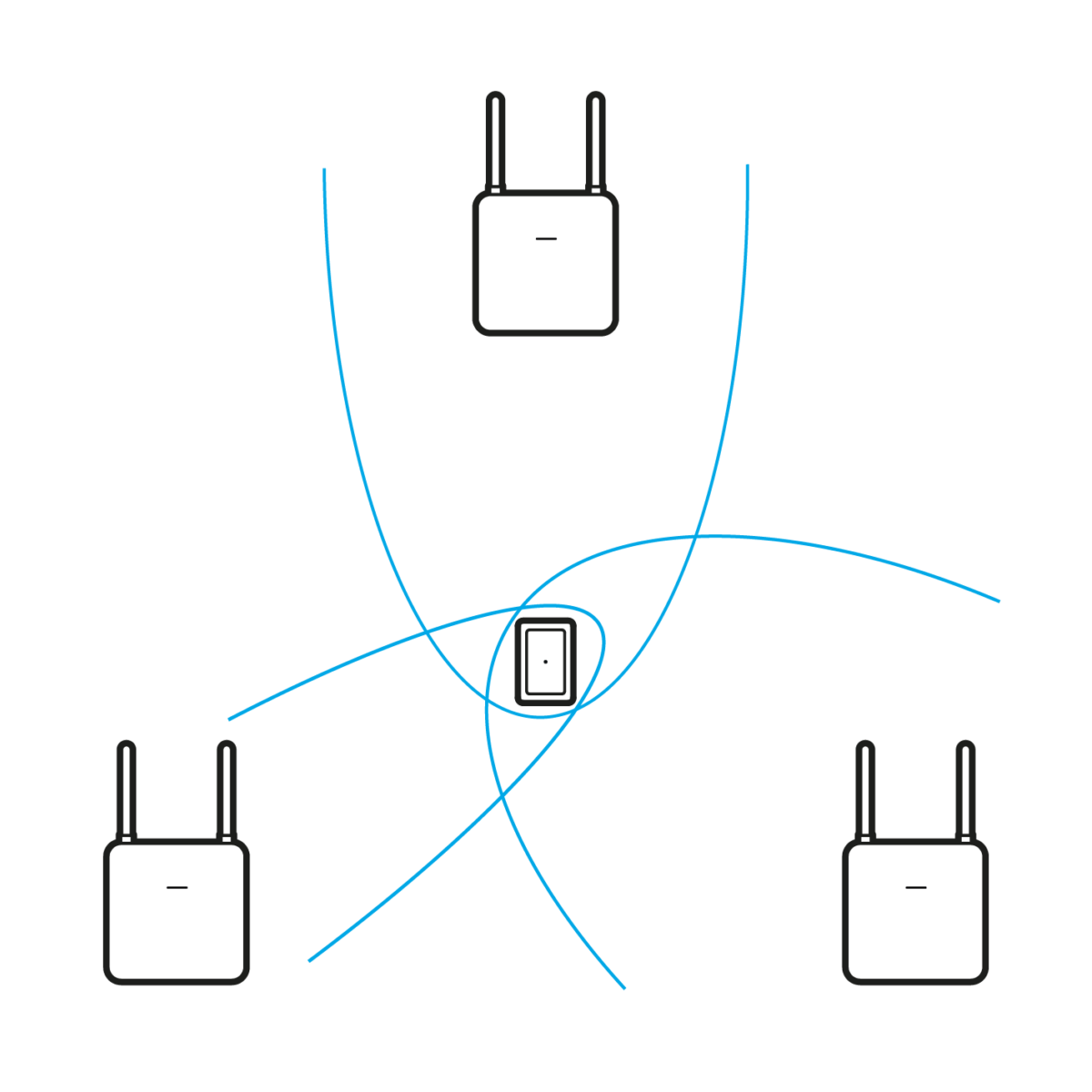
Time-Difference of Arrival (TDoA)
The TDoA position determination is characterized by the lowest energy consumption among the available methods on the market. The sensor transmits a signal which is received by the anchors at different intervals relative to the distance of the sensor. The position of the sensor is determined by the interval differences. Positioning with TDoA is mainly used for the localization of a large number of objects.
